When I returned from the 2017 summer field season, I was riding high on optimism for my archaeological career but running on fumes for money. Very fortunately, though, the stars aligned and offered me not one but two promotions in about a month’s time, providing me the means to stabilize my finances.
Since this is a blog about archaeology and my travels, I’ll spare you readers any details about my job and simply say that these much needed promotions would proceed to sap the time and energy that I would have otherwise used to keep the momentum going from my summer in Italy and Cyprus. I was so busy working that I was barely free to take time off to visit my family for Christmas and Thanksgiving!
To make matters even more challenging, I must be honest and say that between field seasons I experience my own form of seasonal depression. The cold, grey weather doesn’t bother me as much as not having plans for traveling, digging, exploring, and being reunited with my archaeology companions again. By January, I was really on the edge. There were at least a few times out at the bar with friends while in Baltimore where I found myself cruising for trips on Google Flights while tipsy (a very dangerous activity when you’re in this kind of mood). It was clear I needed to board a plane and get out!
Enter my dear friend, Caity. She and I met at the Apolline Project a couple of years ago, when we first started working at Aeclanum. In Mirabella, we’ve bonded over bourbon straight from the bottle and barbells after hot days in the field (because apparently we’re nuts). She’s a rising archaeological badass, although I don’t know if she’d admit it. Starting last fall, she moved to Milan to work as an au pair and study Italian and Latin to prep for grad school. I’d been helping her through the process of applying, all the while hearing about her experiences abroad and wishing I, too, was adventuring. To summarize, she’s become something of a travel muse for me.
One night while out in Federal Hill with friends, I was Googling flights as I had become wont to do and I got the guts to see what she was doing for her pseudo-spring break. I was just about fed up being miserable and stuck in the daily grind so I texted her asking if she’d want to go on a trip somewhere. Being the good friend she is, she came back with something like “the world is our oyster.” After shopping around for flights and taking into account both of our schedules, we settled on a place that was an old favorite: Rome!
My first trip to Rome was 7 years ago with the American Institute for Roman Culture’s archaeological field school. There, I was grouped with several other college-aged students in apartments and, when we weren’t being guided around the city by the then-co-director of the institute, Albert, or digging with the University of Michigan’s Gabii project, we shopped, explored, exercised, drank, and caroused the streets of Rome. It was during the summer of 2011 that the Starving Archaeologist really came to be. I’ve been back several times since and it’s undeniably an important place for me now.


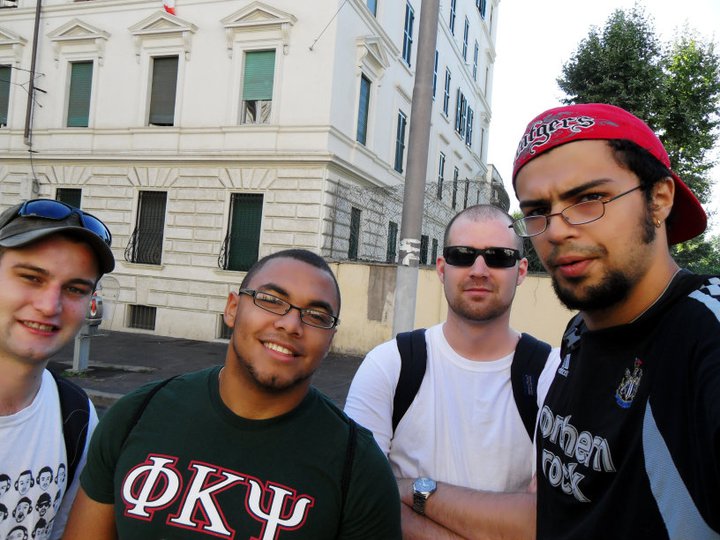
Having grown to love the place, I was excited to show Caity and her friend Alexandra around (it was Alexandra’s first time and Caity had only been several years ago). We got to planning and, before long, the middle of February had arrived and I was boarding a plane out of Newark-Liberty Airport and headed to Rome for some much needed escape.
I was nervous about leaving work behind because I was going to be in a time-zone six hours ahead and I needed to be on call to support my staff as their manager. This was going to be a serious test of the viability of me working while abroad for the summer field season. A lot was at stake! Nevertheless, my time in Rome proved that me traveling while keeping my job was sustainable, an arrangement that I think is absolutely essential to having a healthy travel life.
I landed a day before Caity and Alexandra were set to arrive and I had the city to myself. I settled into my Airbnb in Trastevere, near Piazza Trilussa and John Cabot University. The area was a suburb of the ancient city during the Late Republic and Early Empire and today is a transforming neighborhood hosting students and tourists alike. Its cozy alleys and side streets lined with shops, restaurants, and apartment buildings filter the light perfectly for an intimate evening stroll before dinner. I’ve stayed in this neighborhood many times and I can get around much of it without directions.
After a nap and a couple hours in front of the computer and on a conference call for work, I was ready to spend some quality time with this second home of mine; however, it was already around 10pm. Although probably not the wisest decision, I grabbed my camera and popped out for a little night shooting.
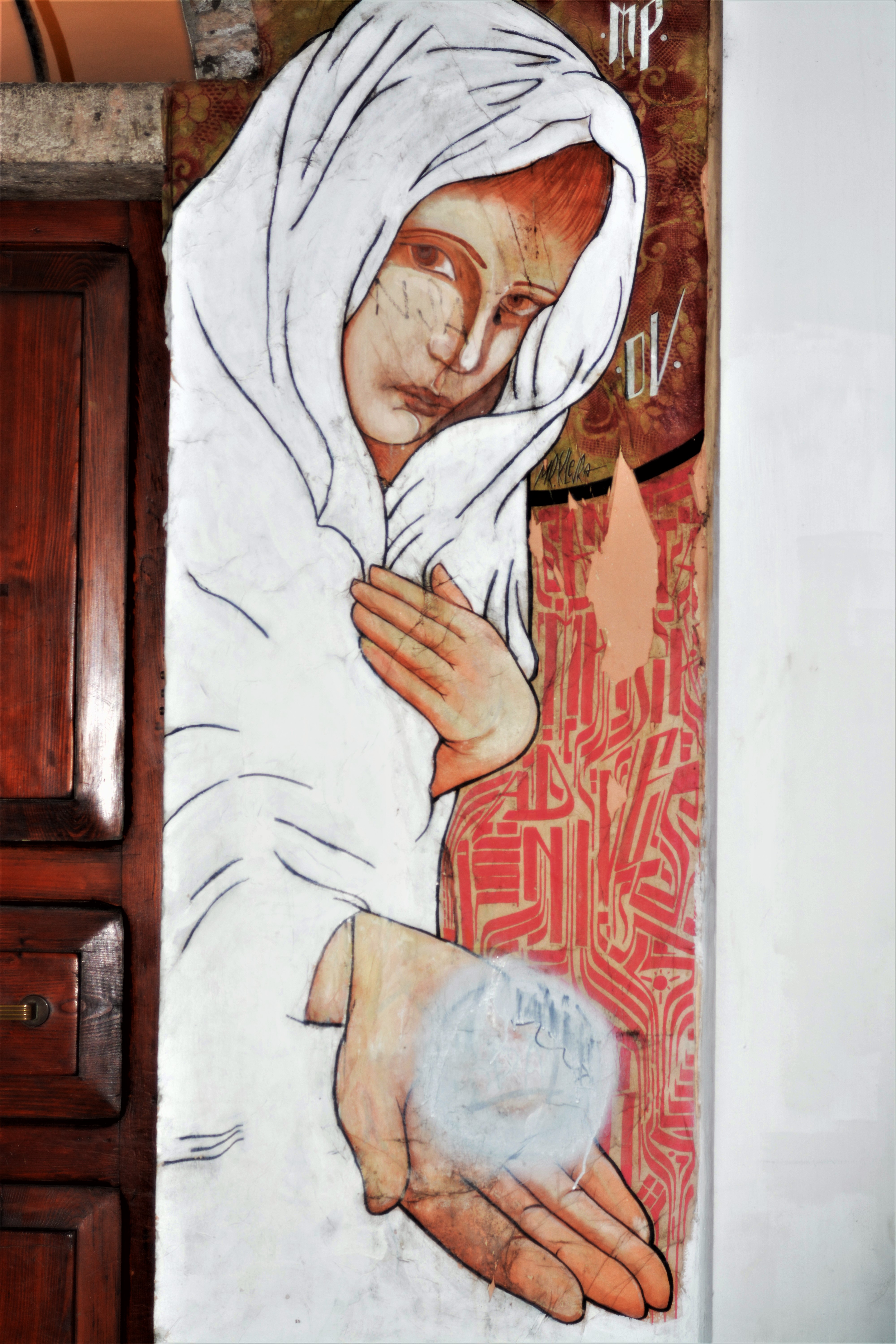
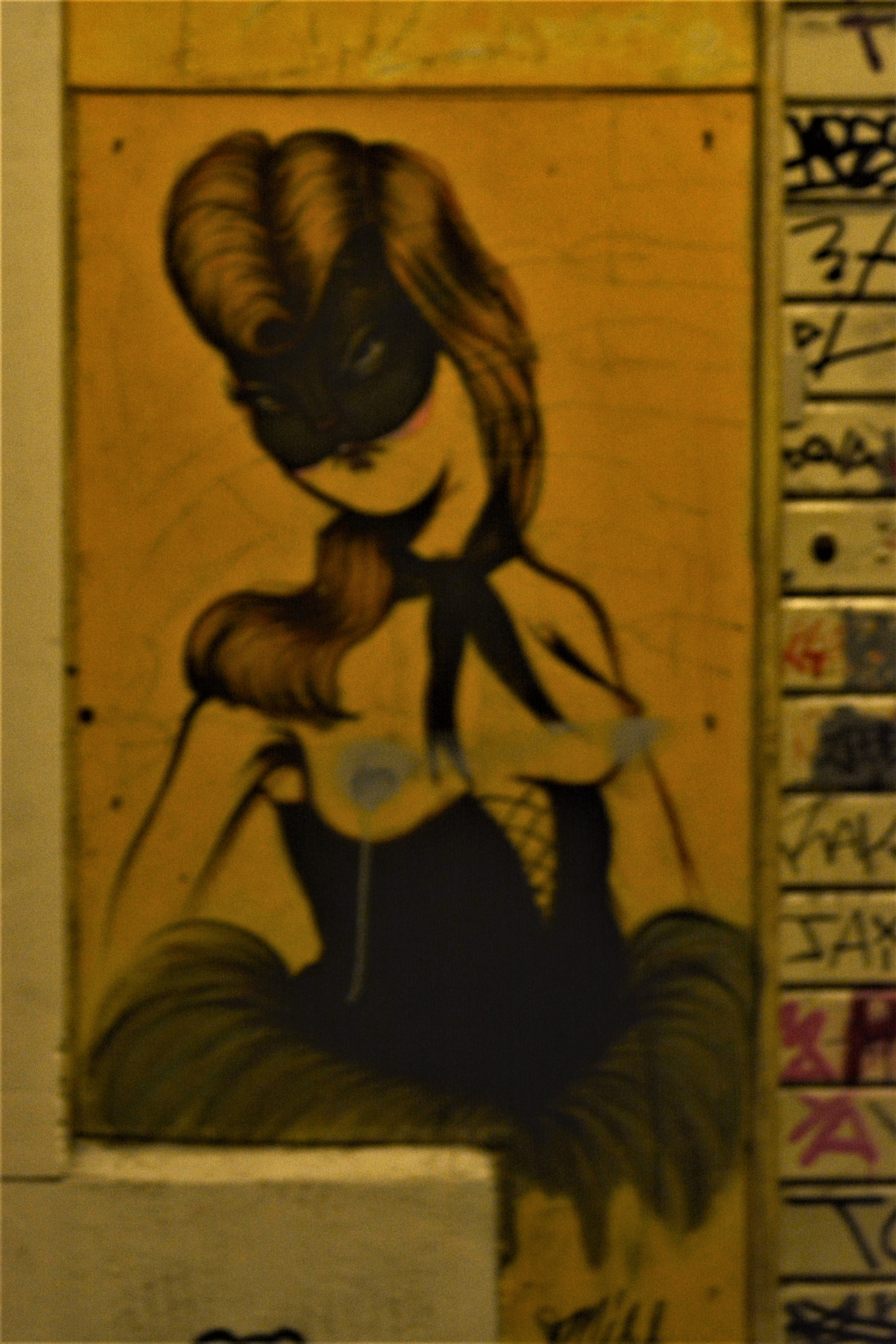

I ended up in a popular student’s bar: an Irish pub named Scholar’s. I grabbed a drink and a seat in the corner and set out to work on my unfinished blog series on the field season. Striking up conversations with the bartenders and a few other patrons, I ended up going to another popular Irish pub, The Abbey Theatre. A couple more drinks later and we were following a crowd of bar staff to their favorite after hours bar and cafe. There, the most uncanny thing had happened: I ran into a expatriate friend I had met on previous trips. I had a kind of “Aha” moment when I realized that, if I was unexpectedly running into friends around a city so far from home, I was becoming a regular. This particular friend is a promoter for local nightlife and has shown me a great time in the city. (Look him and his partner up if you’re in town and need a night out). He was as shocked to see me but we had a blast catching up. Before I knew it, a rowdy night had turned into a rowdy morning and the sun was starting to rise.
The next day, perhaps with a tiny hangover, I packed my things and moved to the next Airbnb where Caity, Alexandra, and I would be staying. I grabbed a quick nap and then headed back out for the tiny bit of business I planned for this trip: I had to meet with a former field director to discuss the potential of publishing portions of my Master’s thesis (publishing being one of the few activities I have yet to accomplish and would go a long way in making me competitive for PhD programs). When I had written my thesis about parts of his field project, I was not allowed to publish as the proceedings were not yet complete (typically, directors/principal investigators have first dibs on publishing material from their site).
We met at the Crypta Balba, a museum constructed over the excavated remains of an ancient cryptoporticus, or kind of underground walkway with sewage running parallel to the pathways. The site is a great example of the transformation and accumulation processes that occur in a place like Rome, where life and occupation continue over hundreds of years. The underground spaces were filled in and constructed over, ultimately functioning as a medieval church. The museum displayed artifacts from each of these periods. We patrolled the galleries and ruins as we caught up. I told him about my time working with the Apolline project and what I saw as next for my career. We left with an agreement to work on a proposal for something publishable based on what I had written in my Master’s thesis. We’ve since been unable to come to any agreement on what we could actually accomplish; never fear, however, because I have several other irons in the fire!
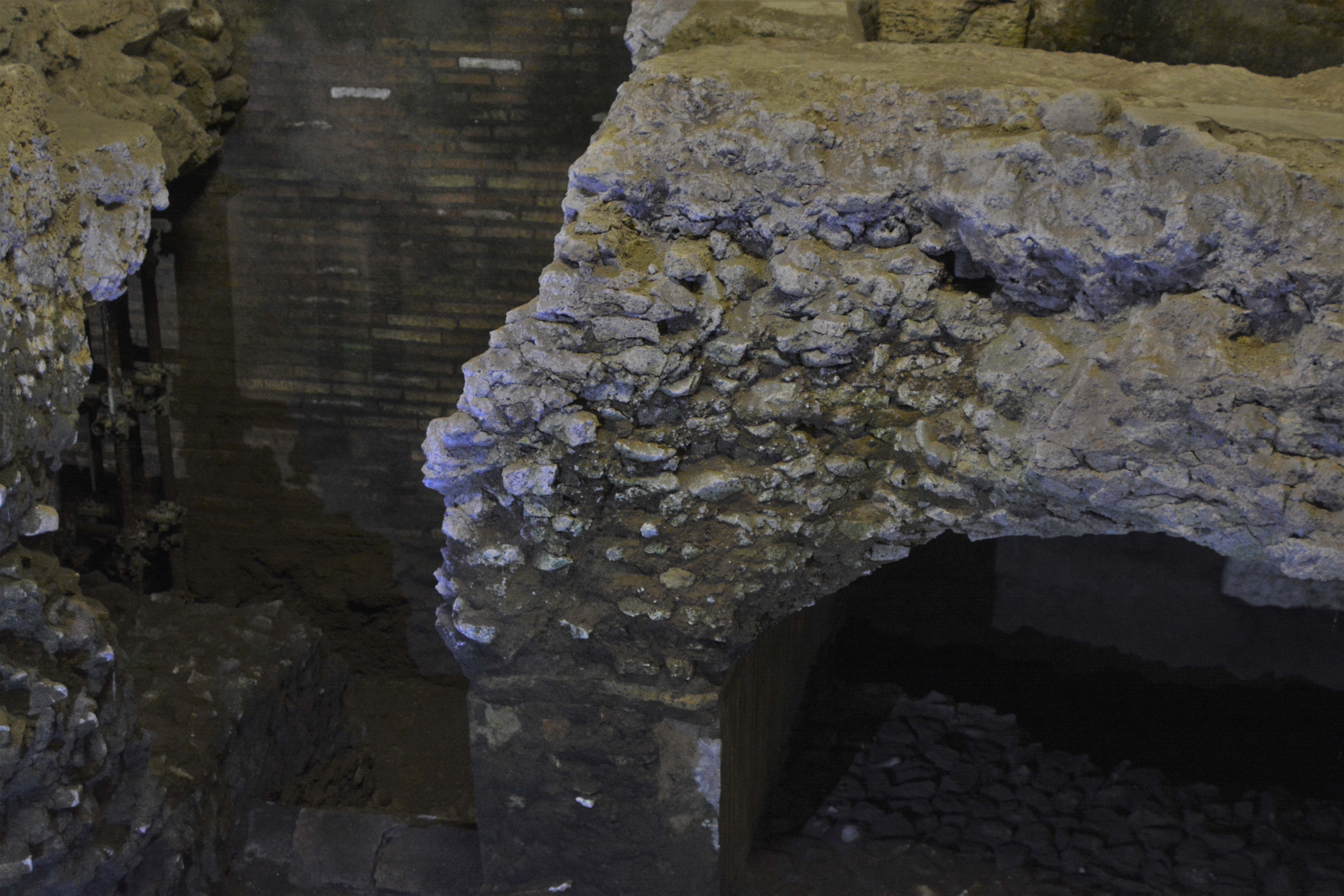
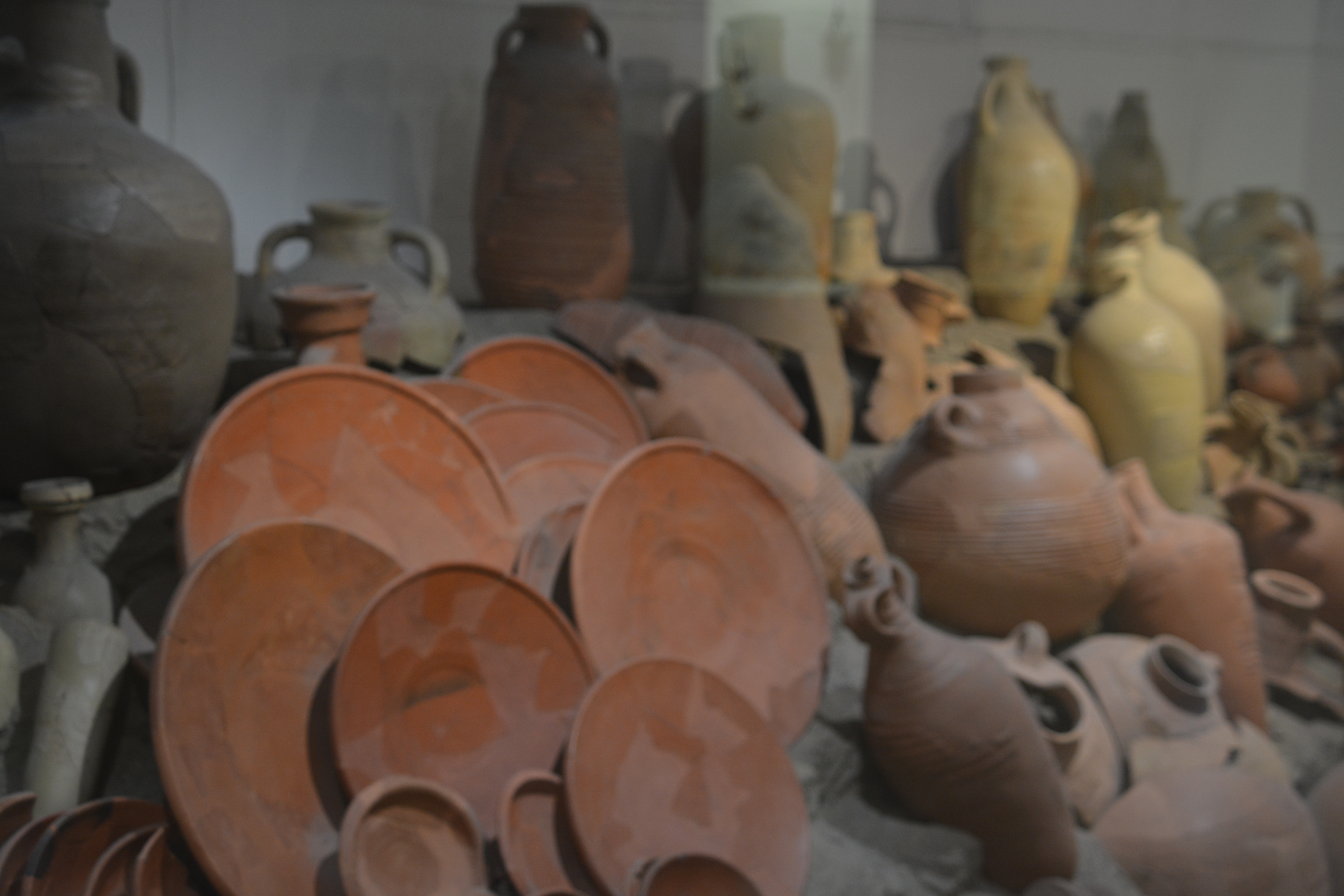


Afterwards, I met Caity and Alexandra in my favorite museum in Rome: the Palazzo Massimo all Terme National Museum. It’s galleries are replete with a huge collection of marble sculpture, frescoes, mosaics, and even a vault with a copy of every coin ever minted in Italy. My favorite pieces there include The Boxer, a bronze statue whose features include knicks and cuts included by the artist to simulate the scars and injuries an ancient boxer would have sustained in his sport, and the Portonaccio Sarcophagus, a massive and highly detailed marble sarcophagus carved for a Roman cavalry officer who fought against the Dacians.


We capped off our night with dinner at the Birreria Peroni, a restaurant at the site of the original brewery for Peroni, the Italian national beer. I discovered the place a few years back while working one summer and living in Rome; the cheeky atmosphere and toned down tourist-y accommodations have seen me and friends return each year since!
The next day, we explored the Vatican City. Lines are usually nightmarishly long and, while navigating around, we were bombarded by people peddling tours and tickets to get into this museum or that chapel and “skip the lines.” My mom once taught me that waiting in line (for the right attraction) builds character, or at least a lot more appreciation for whatever waits at the end. I’ve waited two hours to get into the Vatican museum before and I was genuinely happy at what I saw inside. Nevertheless, I’ve wizened up and bought tickets on the Vatican website, where your scheduled entry time gets you into the museum in about 15 minutes.

I could spend paragraphs talking about all that we saw in the Vatican Museums; instead, I’ll summarize by noting that the entire exhibition program of the Vatican is a winding path of long galleries filled with ancient, medieval, renaissance, and even modern art. The transitory spaces are filled with thousands of tourists young and old, native and foreign, guided, knowledgeable, or even clueless at what they are looking at. The Vatican museums are one of the world class museum institutions with a massive survey collection, displaying everything from Mesopotamian cylinder seals and Egyptian mummies to marble sculptures of Greco-Roman gods and emperors and even ethnographic collections from indigenous populations of the New World. The whole experience can be overwhelming; I strongly encourage first-timers to plan a whole day to absorb it all without getting strung out!



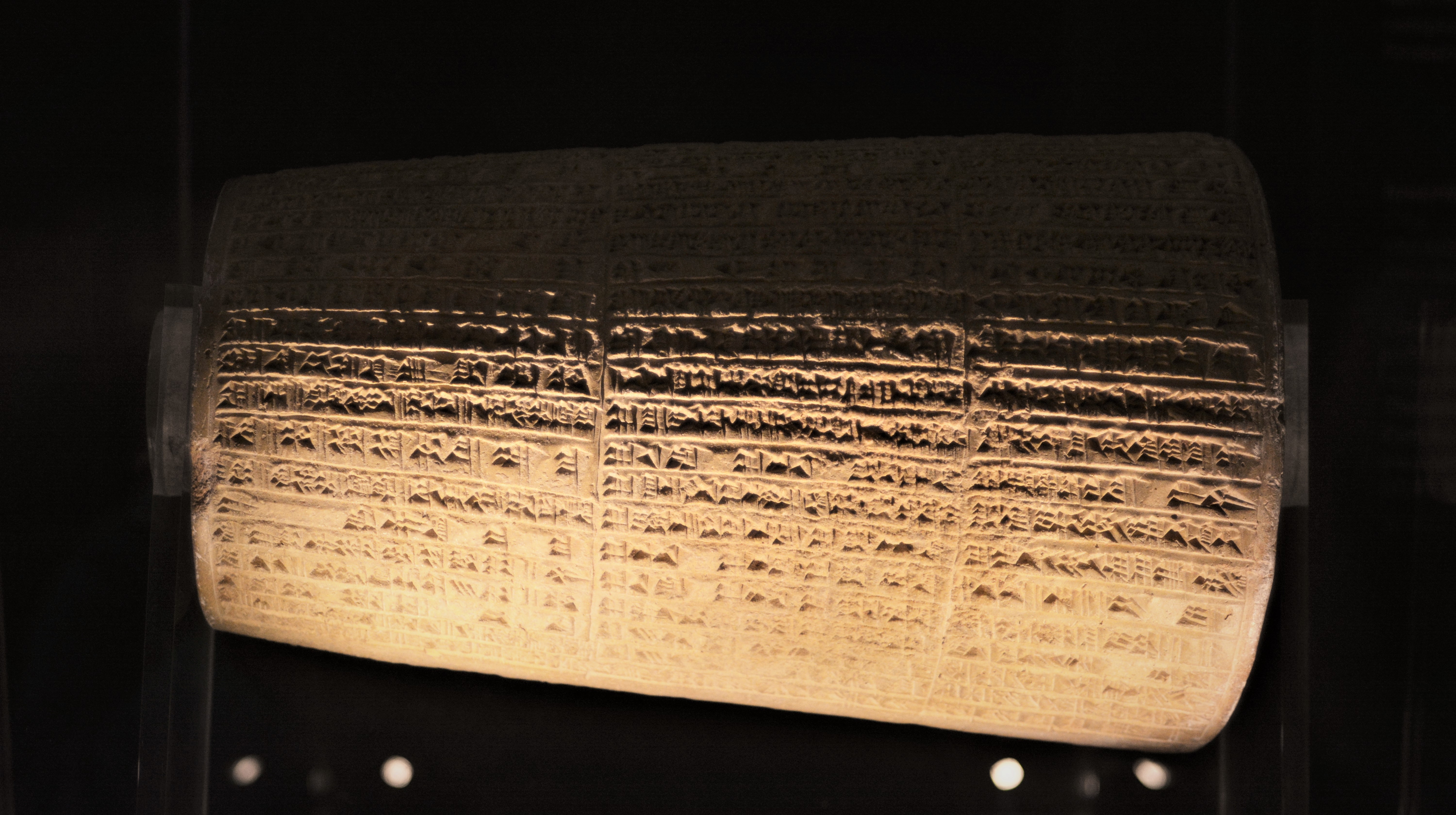
Once we were shepherded out of the Sistine Chapel (we didn’t get into trouble, the guards just work to keep the crowds moving through the space), we left the museums and went for lunch and lounged in St. Peter’s Square where we may or may not have had an impromptu photoshoot.

We concluded our day with a climb of the Castel Sant’Angelo, a structure initially constructed by the Roman emperor Hadrian as a towering mausoleum. It was re-purposed by the popes as a castle serving as the defensive base for his Swiss guard and a dungeon for criminals. Today, it provides epic views over the Tiber River and the whole city.

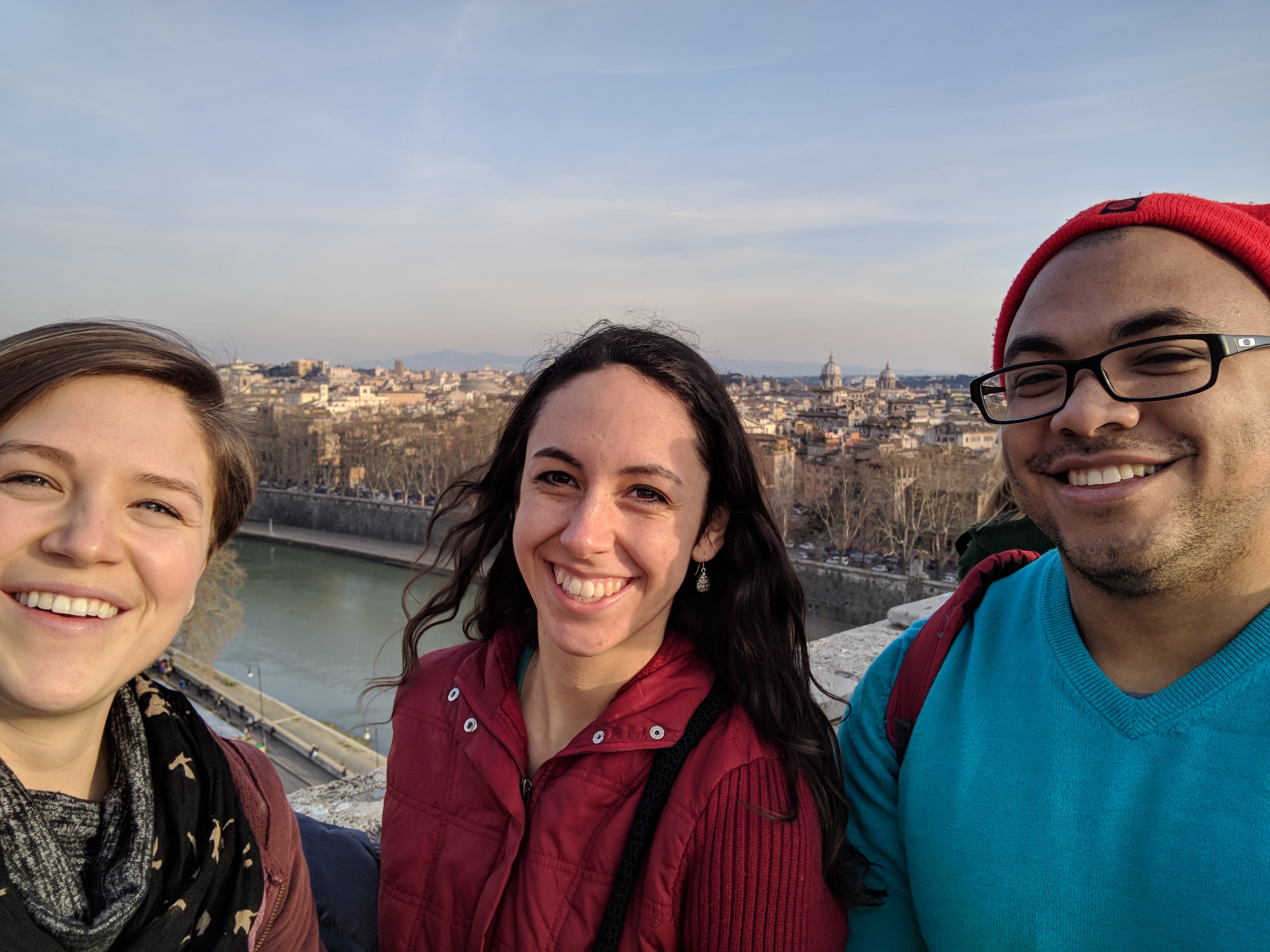
The following days, we hit several others of Rome’s staples: The Capitoline Museum, which overlooks the Roman Forum and sits on the site of the temple to Capitoline Jupiter, the Pantheon, and the Roman Forum & the Palatine Hill.
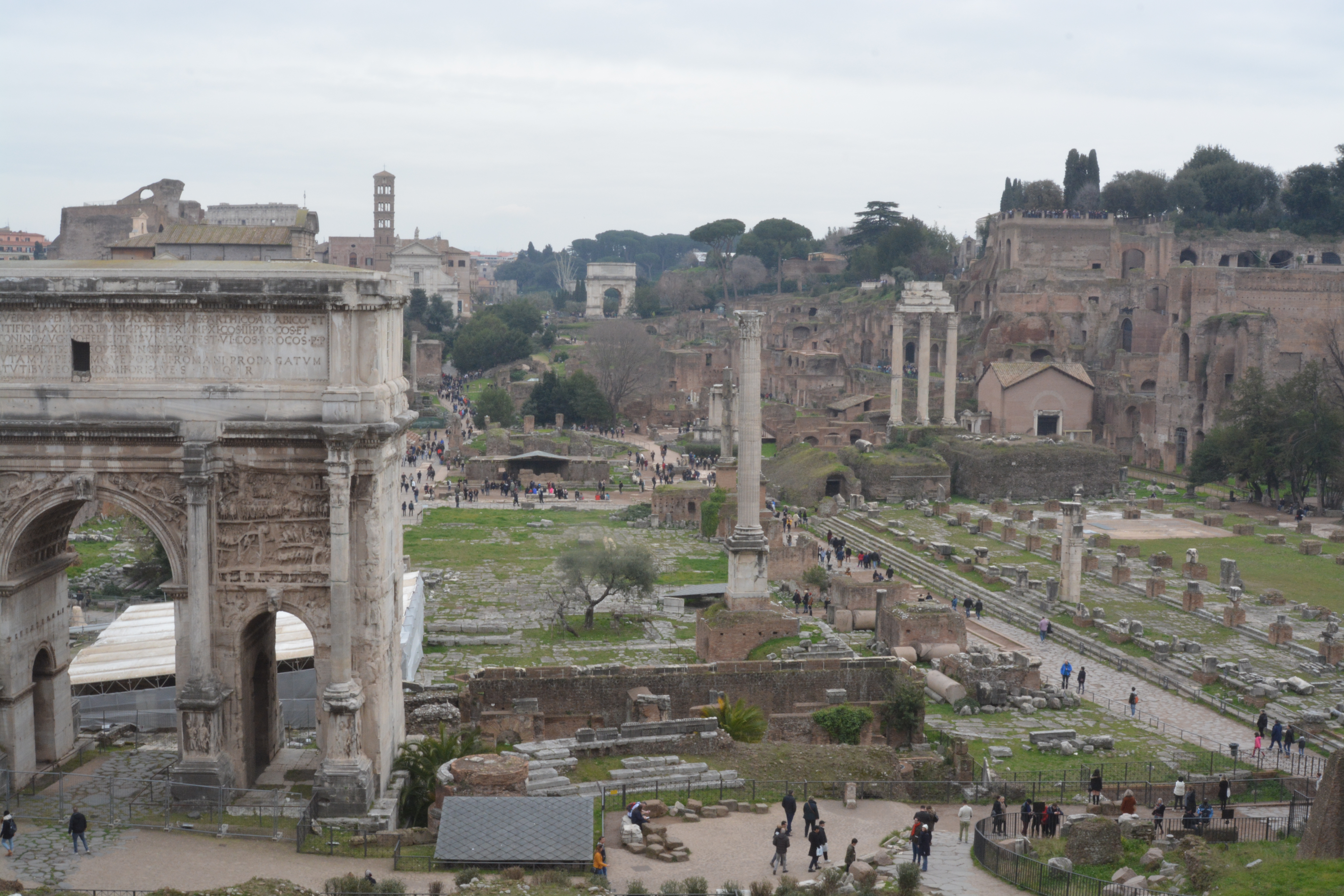

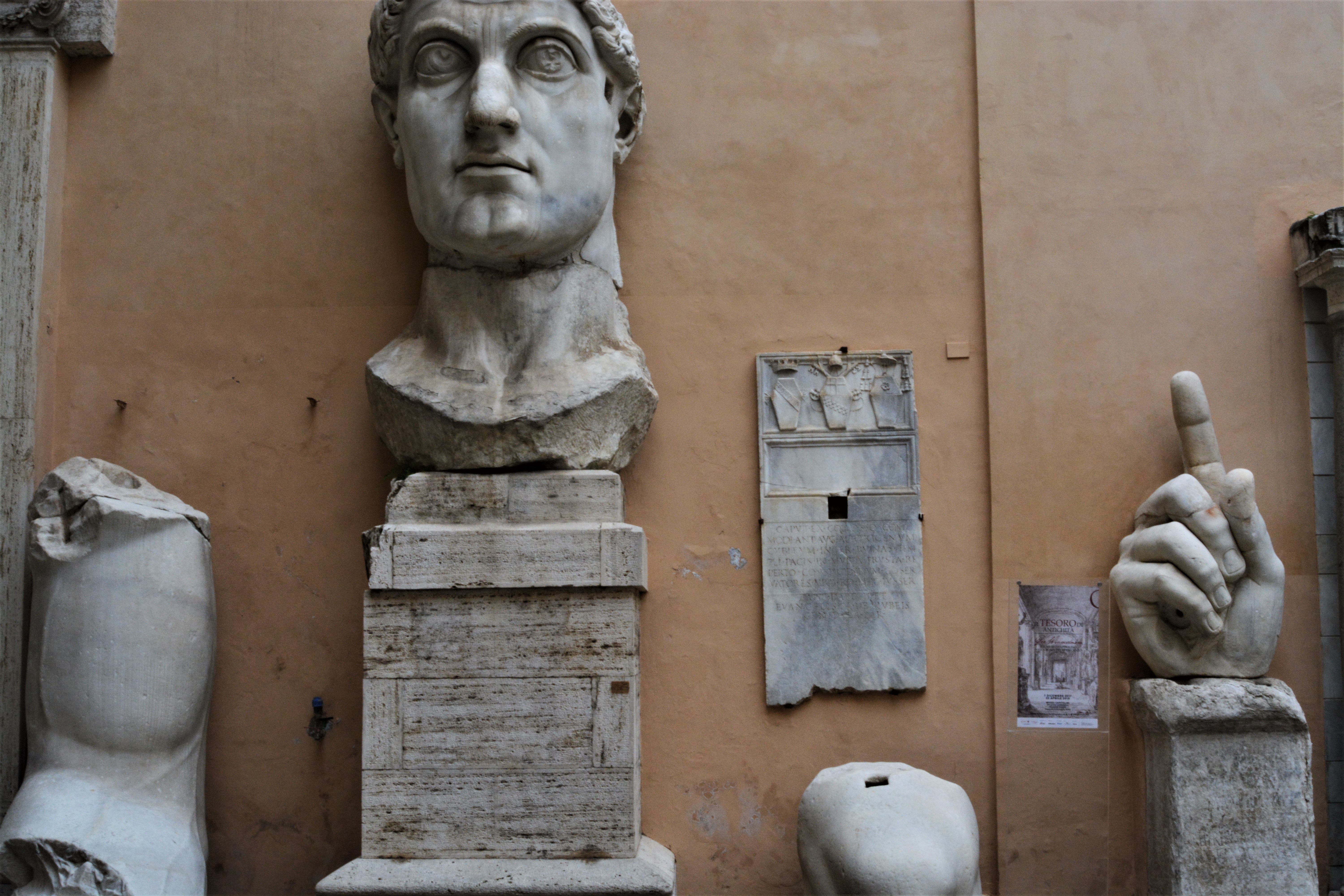
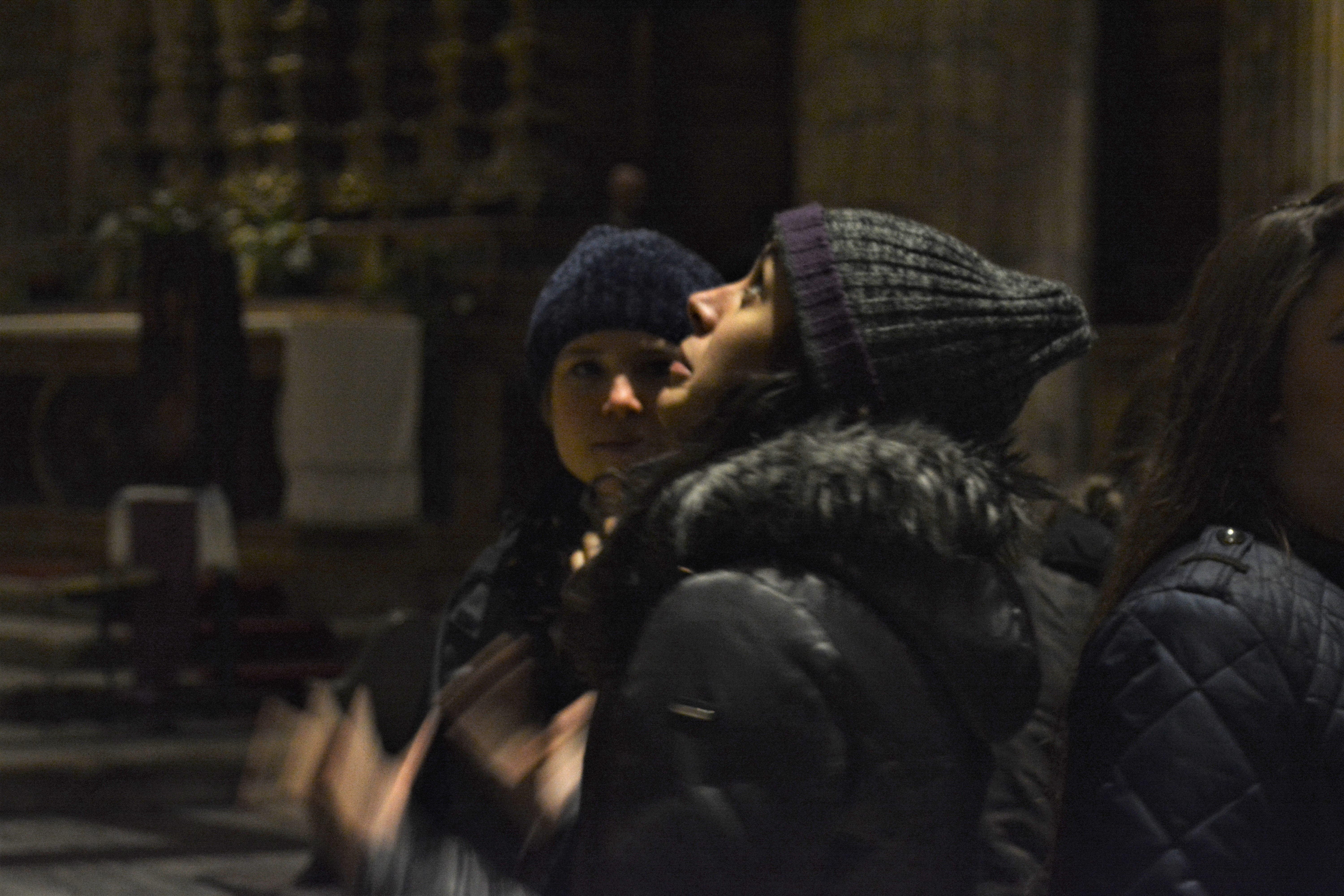
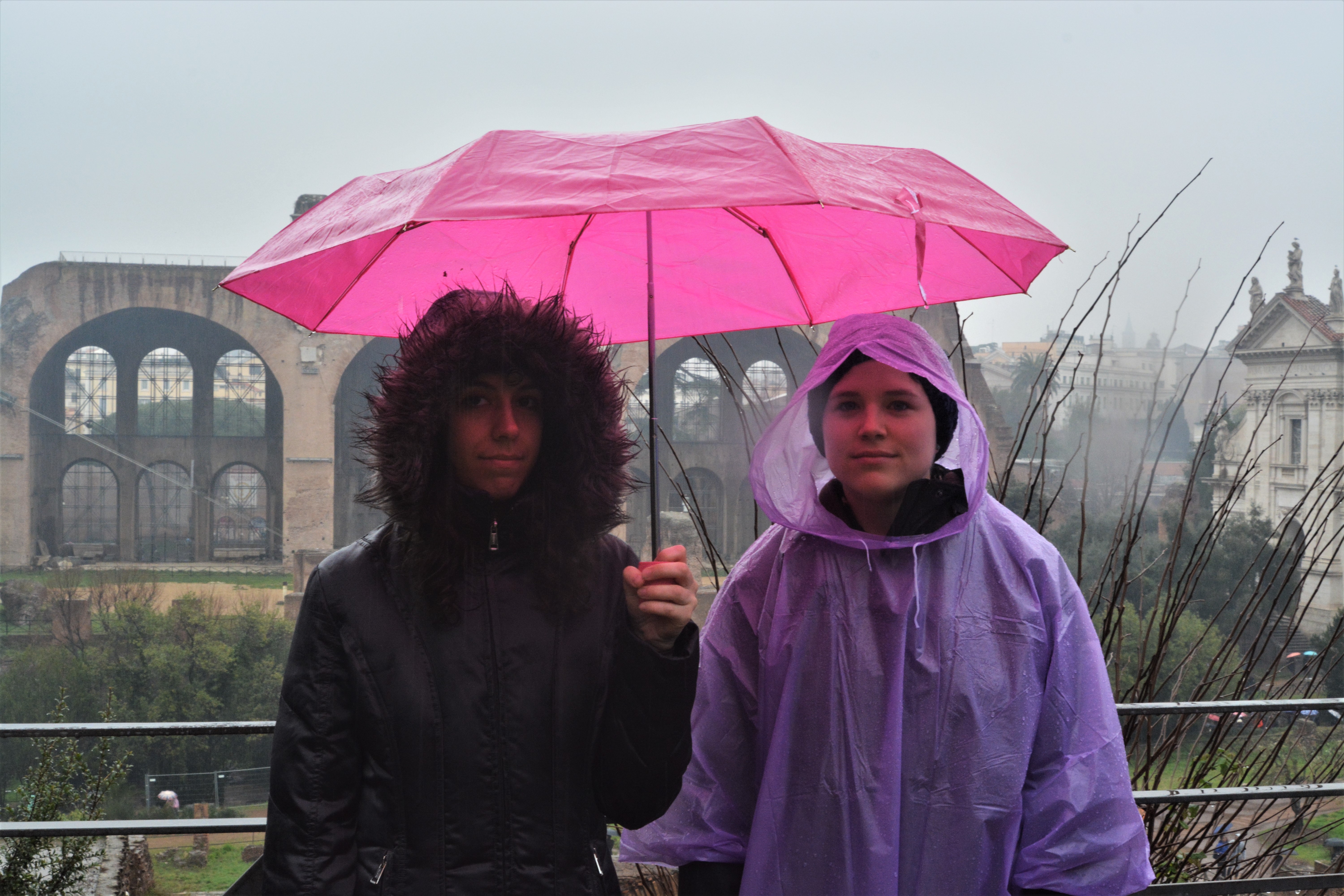
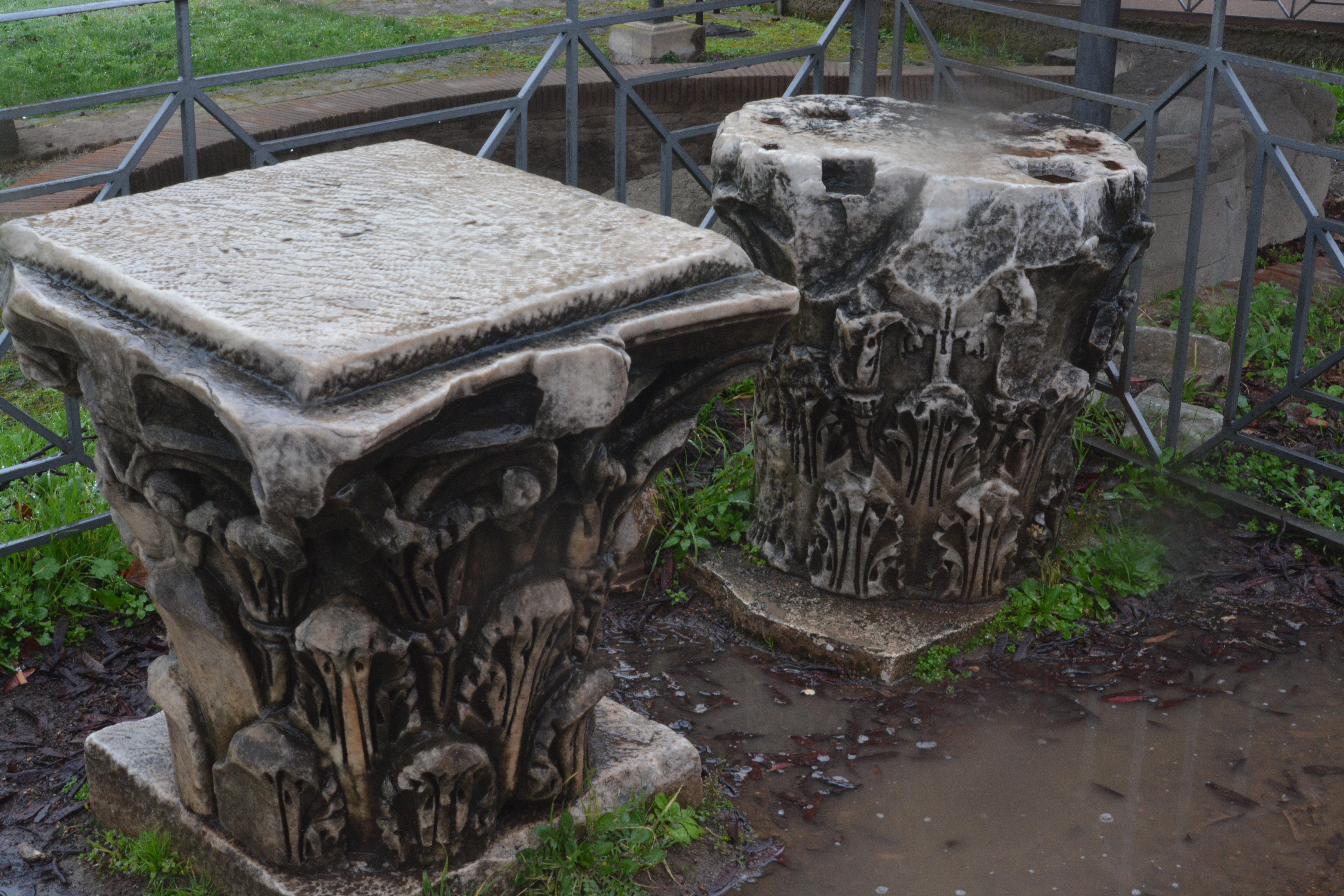
It felt great playing tour guide for Caity and Alexandra but sadly the time came for me to rush back to Baltimore and work. The whole experience made me really reflect on what Rome means to me and how I could make these short trips to visit friends and see the world a regular thing in my life.
To the latter point: When I had moved to Baltimore and started this stage of my life in earnest, I had pledged to myself I was going to make time to see all the friends I had made in earlier travels and explore more of the world. It took me getting burnt out with work to realize that traveling and the friends I’ve made doing it are an important part of who I am. Too long without them makes me miserable. Lesson learned!
To the former: I’ve found in my travels that for as many places you’ll recall in your life as the quintessential location for an activity or defining life moment, it might have a twin somewhere else in the world. For instance, I grew up in Chesapeake, Virginia, not far from Virginia Beach. By the time I’d gotten my driver’s license, I was at the beach with friends pretty much any time we wanted; there’s a great arcade, ice cream, bikinis, fishing, and anything else you might want from the beach. To me, Virginia Beach was the beach…at least until I’d spent a week or so with friends in Nice, France. Both have a place in my heart and mind as the beach for their own attractions, memories, and ultimately, reasons to return.
If Nice has become the beach for me, then Rome has become home. I could never trade the family, friends, and homely experiences of my suburban hometown in Chesapeake, Virginia. Rome, however, is the place that I feel like I became an adult. It was in Rome where I felt like I was thrown into some of my first experiences as an independent young man, in a country with a significantly different culture and a completely different language, no less. Almost every time I travel, I find myself planning trips with a stop, however short, in Rome. Like home, the place continually draws me back and never gets old.

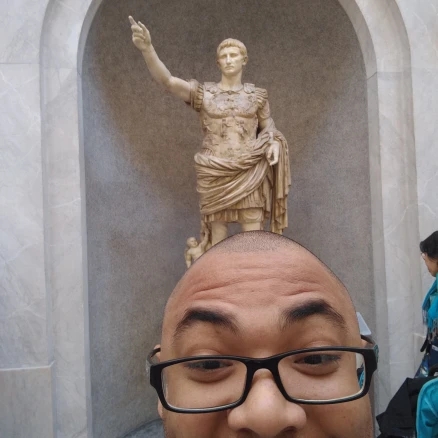
Leave a comment